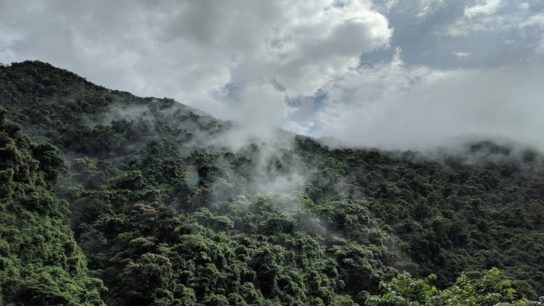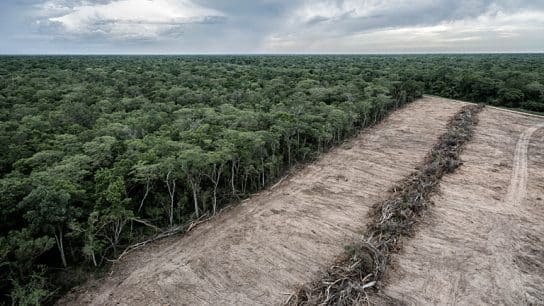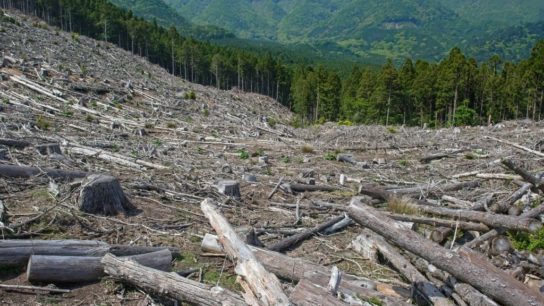“The dire wolf has not played a role in an ecosystem for over 10,000 years. And the planet it once lived on looks very different to our planet now. So why spend millions to bring it back?” writes Kristian Teleki.
—
What does a dire wolf and a woolly mammoth have in common? To start, they are both extinct. Or at least they were.
Colossal Biosciences, the US company behind these “de-extinctions”, earlier this month celebrated the “birth” of three dire wolf pups. They claim the first successful case of bringing an animal back from extinction, soon to be followed by the woolly mammoth, the company hopes. History in the making, some might argue.
The scientific endeavour is impressive, and hopefully will help advance understanding in genetics and other areas – but isn’t this news a bit jarring?
We are currently living through our own mass extinction event, with species becoming extinct 100 to 1,000 times faster than in pre-human times. Species that have a fundamental role in our planet’s survival. Surely we haven’t got our priorities straight?
So far, Colossal has raised $435 million for the de-extinction of the woolly mammoth. Its total company value is $10 billion. Imagine what could be achieved if this money was poured into the conservation of our actual living planet.
Each and every plant and animal plays a crucial role in its ecosystem. Whether that is a mangrove sequestering carbon; a bumblebee pollinating an array of flowers; or an elephant carving its way through the forest, dispersing seeds and shaping the landscape.
But each of these species is under threat in one way or another. And when one species disappears, it has a knock-on effect across the entire ecosystem. The repercussions can be felt on countless other plants and animals, on the climate and for us humans, who rely on nature for myriad reasons, including for our health, our economy and our wellbeing.
The dire wolf has not played a role in an ecosystem for over 10,000 years. And the planet it once lived on looks very different to our planet now. So why spend millions to bring it back?
Successful de-extinction at best is a humorous ego-show, a pat on the back for the geneticists and a lovely example of what we clever humans can do. At worst, it is the reintroduction of a species that is most certainly not “native” to the current shape of our planet and could quite palpably cause immense damage. Either way, it is an immense distraction from the job at hand.
The amount needed globally to effectively protect and restore nature is currently estimated at approximately $700 billion annually. This money exists, but it is not flowing as it should be, and the clock is ticking. Nature is in crisis like never before and every year hundreds more species are going extinct, landscapes are being deforested and global temperatures are rising.
Pouring millions into de-extinction is like starting to build a new home, rather than calling for the fire brigade when your house is on fire. We know there are a thousand reasons to invest in nature protection and restoration. If not for the economy, for our future survival. We desperately need to shake up things up, putting money where it is really needed – into protecting what we still have, restoring what we’ve lost, and backing the communities on the frontlines of conservation before it’s too late.
We need to focus on the now and the next. This means protecting real species, in real places, before they become myths told by future generations and CGI protagonists in the next Game of Thrones.
Featured image: Colossal Biosciences.
You might also like: Should We Clone Endangered Species?
This story is funded by readers like you
Our non-profit newsroom provides climate coverage free of charge and advertising. Your one-off or monthly donations play a crucial role in supporting our operations, expanding our reach, and maintaining our editorial independence.
About EO | Mission Statement | Impact & Reach | Write for us














